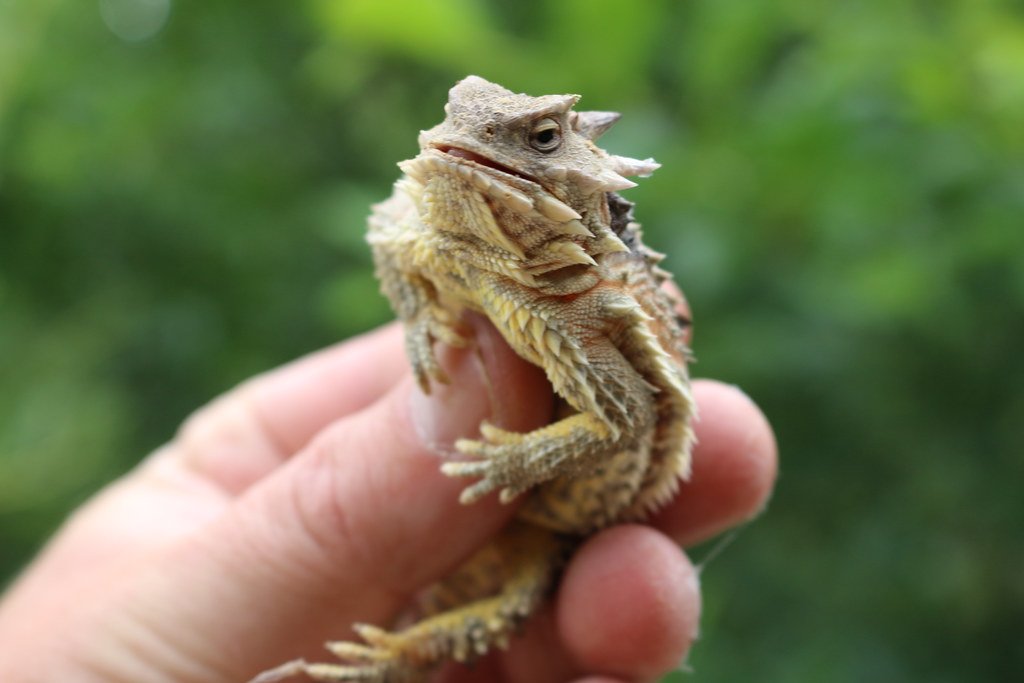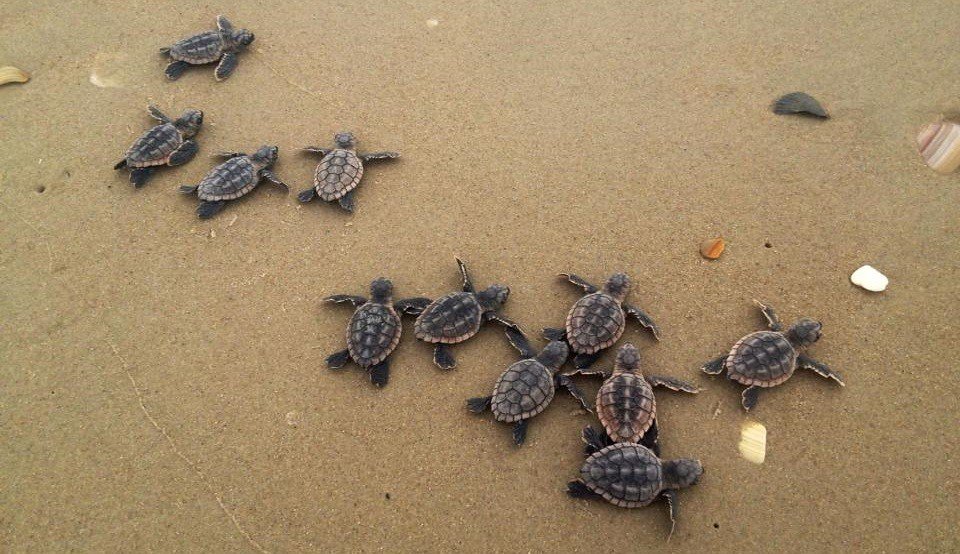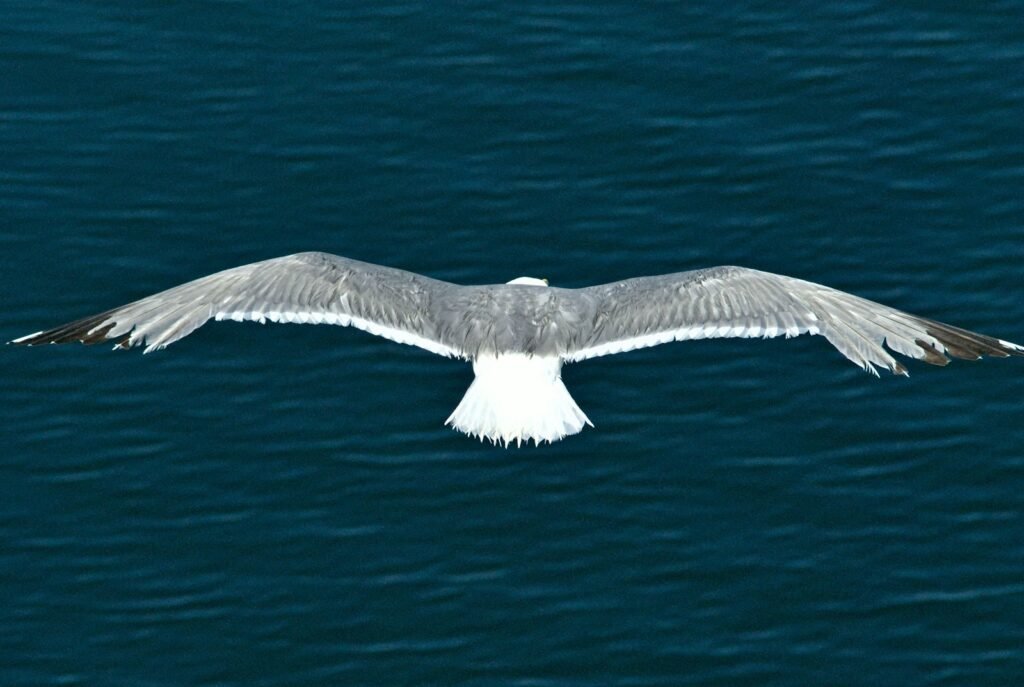Picture this: temperatures soaring above 110 degrees Fahrenheit, water sources that vanish for months at a time, and a landscape so harsh it could easily be mistaken for another planet. Welcome to the Arizona desert, where nature has written one of its most incredible survival stories. While most creatures would perish in these extreme conditions, a remarkable cast of animals has not only learned to survive but actually flourish in this seemingly impossible environment.
The Tiny Kangaroo Rat That Never Drinks Water
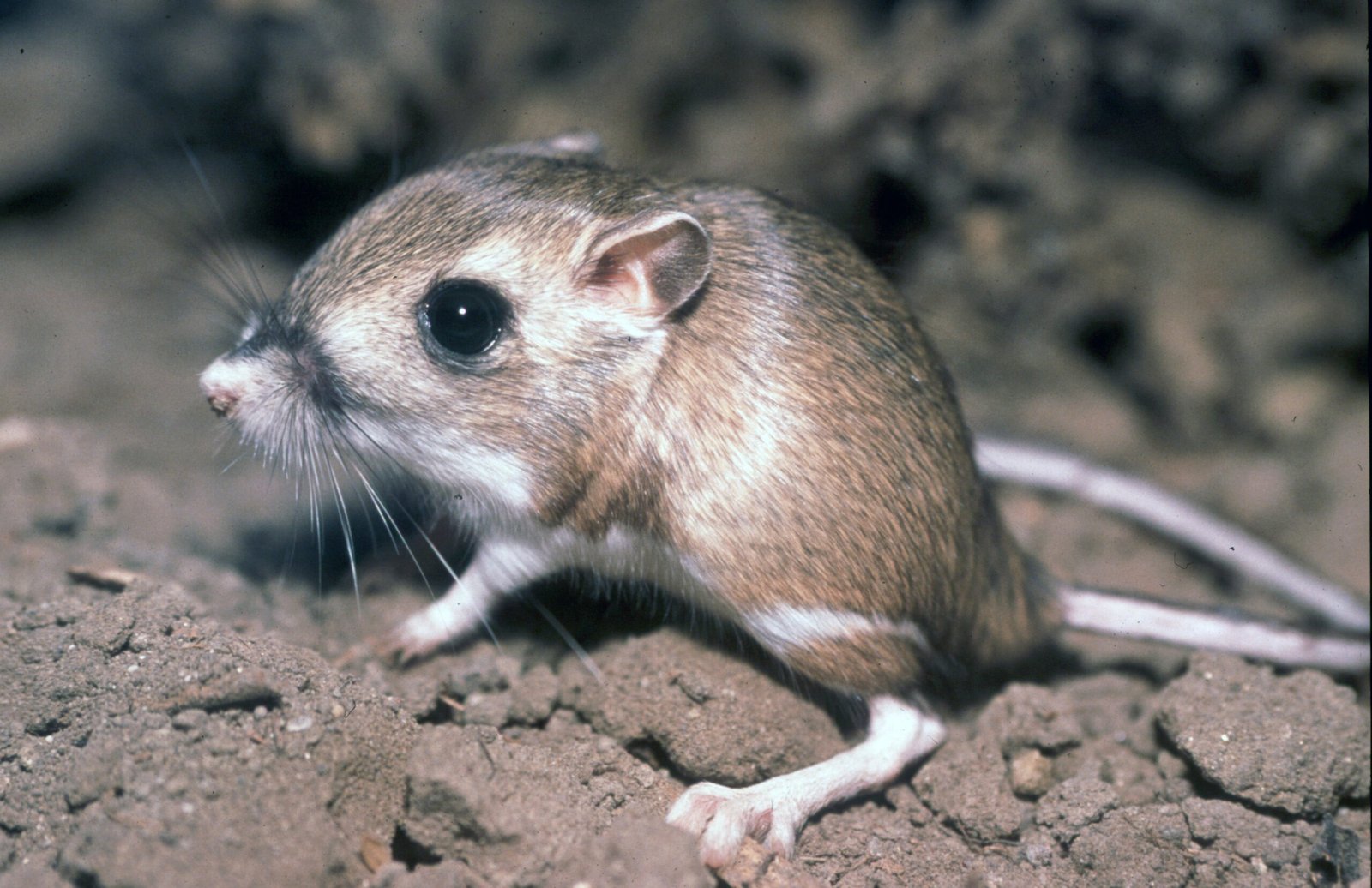
In one of nature’s most extraordinary adaptations, the kangaroo rat is almost perfectly adapted to life in the desert. They can survive without ever drinking any water, getting needed moisture from their seed diet. These remarkable little creatures have essentially solved the desert’s biggest challenge through pure evolutionary genius.
What makes them truly amazing isn’t just their water independence. Their large back legs enable them to jump up to 9 feet (2.75m) in one jump in order to escape predators. Imagine a creature smaller than your hand launching itself through the air like a furry rocket to escape danger. A kangaroo rat can produce urine twice as concentrated as sea water and feces five times drier than a lab rat’s droppings.
Desert Bighorn Sheep: The Impossible Mountaineers
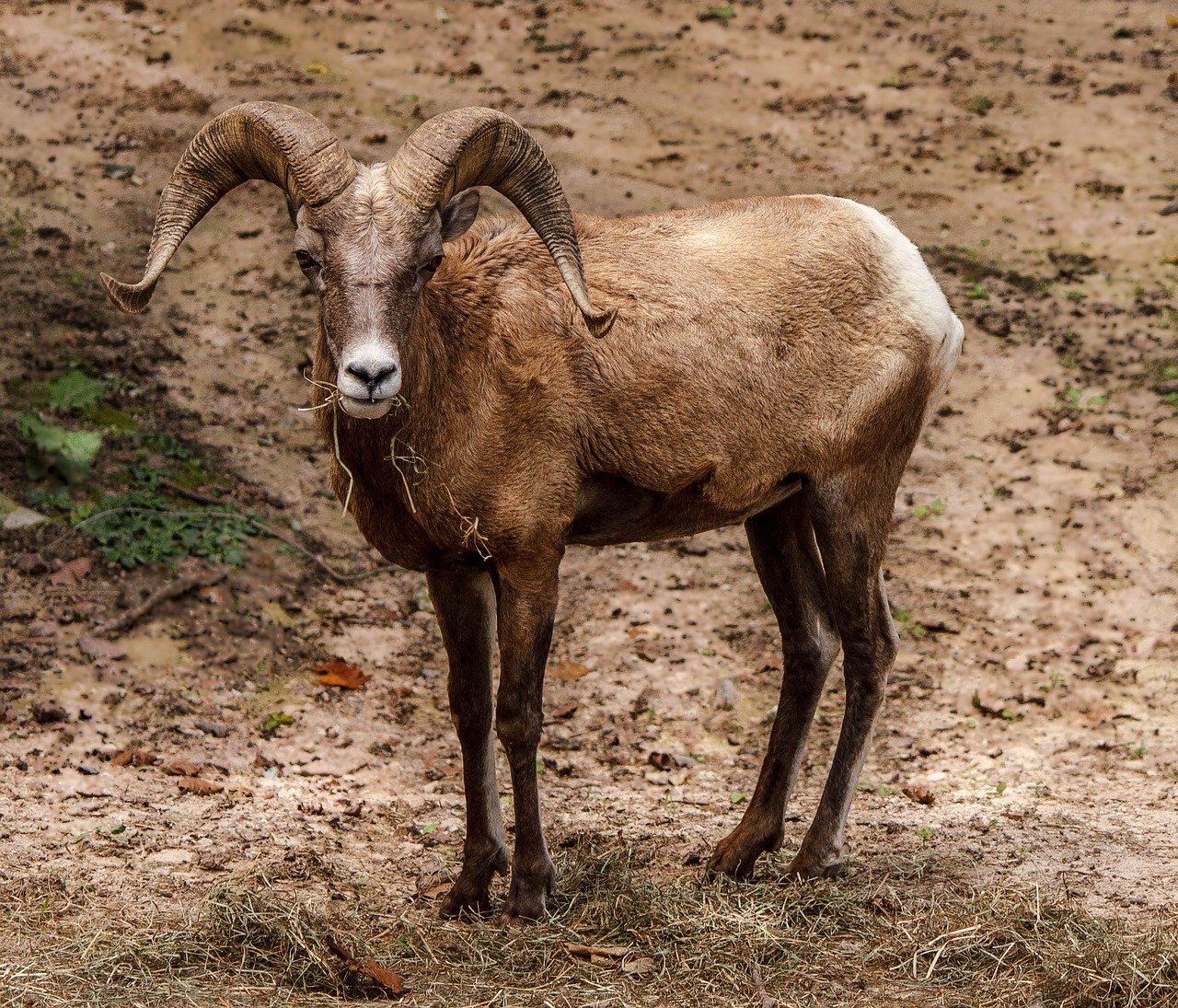
Southern desert bighorn sheep are adapted to a desert mountain environment with little or no permanent water. Some may go without visiting water for weeks or months, sustaining their body moisture from food and from rainwater collected in temporary rock pools. These magnificent animals have turned the harsh desert mountains into their personal playground.
Their climbing abilities border on superhuman. They use ledges only two inches wide for footholds, and navigate challenging rocky terrain with remarkable agility. They can move over level ground at 30 miles per hour and scramble up mountain slopes at 15 m.p.h. It’s like watching nature’s own version of extreme parkour, performed by animals weighing up to 280 pounds.
The Mysterious Sonoran Pronghorn: Desert Ghost
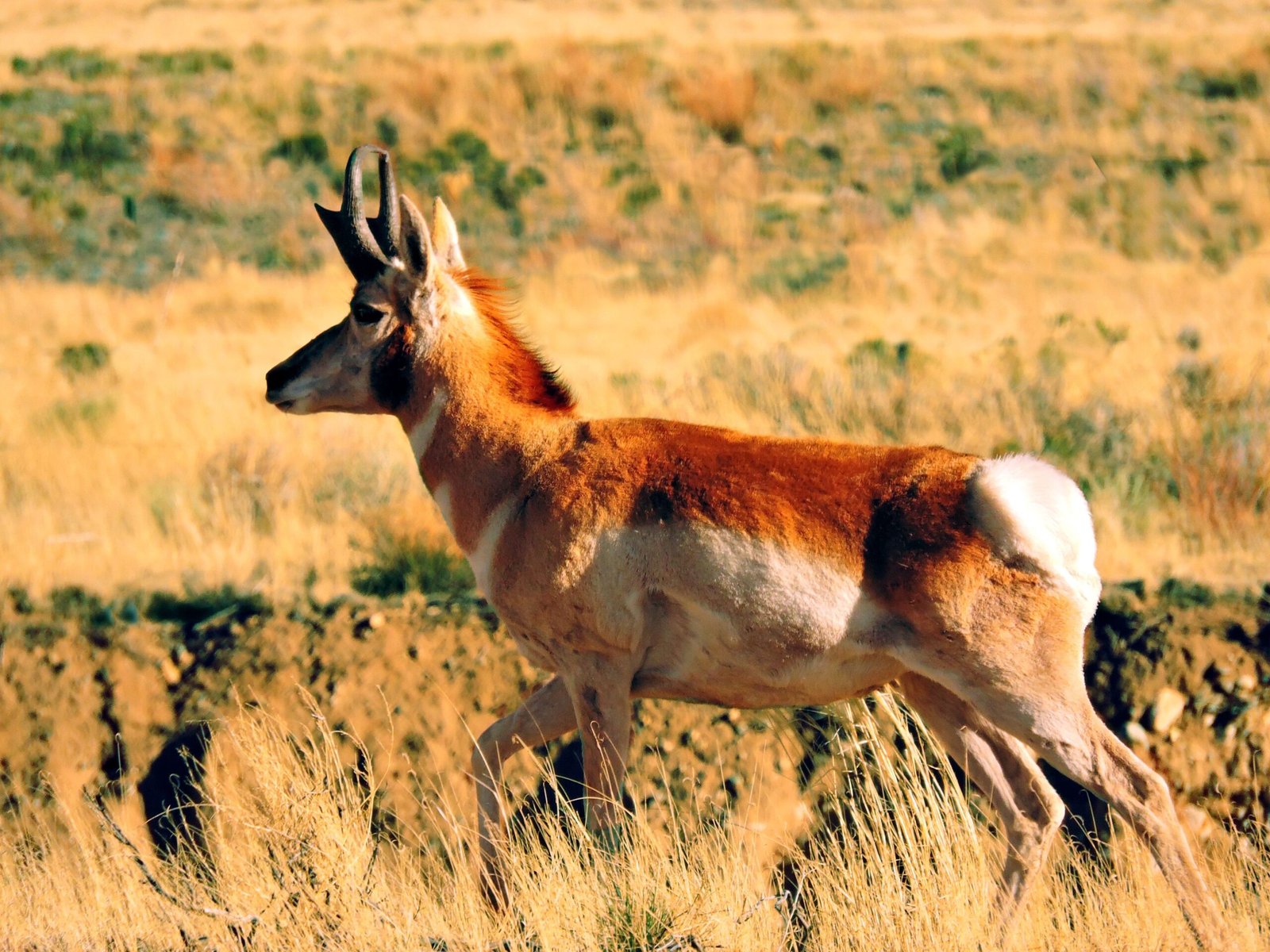
The Sonoran pronghorn, or “desert ghost” so named for its elusive ways, speed and desert haunts, is native to the Sonoran Desert of the United States and Mexico. The fastest land mammal in North America, the Sonoran pronghorn is closely related to other pronghorn subspecies of the Great Plains and Great Basin, with top speeds approaching 60 miles per hour!
Sonoran pronghorn evolved in unique ways to adapt to the harsh desert environment. For example, it can erect its stiff bristle-like body hair in patches to release body heat in extremely hot weather. This incredible cooling system works like nature’s own air conditioning, allowing these animals to regulate their body temperature in ways that seem almost magical.
Gila Monsters: Living Dragons of the Southwest
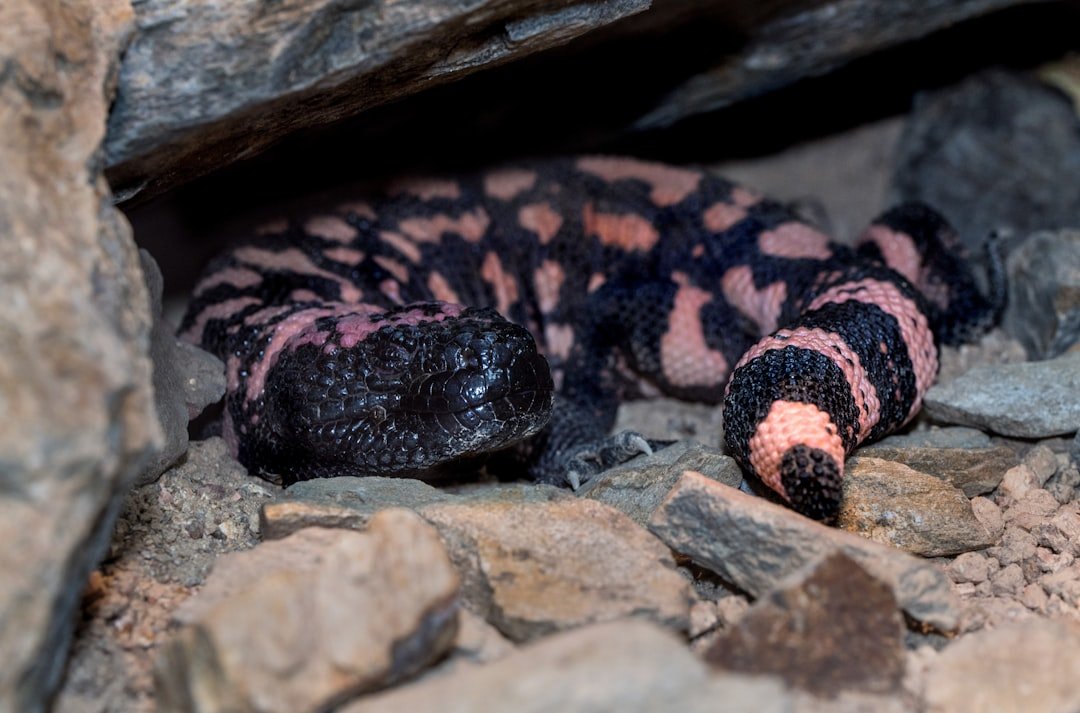
The Gila Monster is one of only two venomous lizards in the world, native to the deserts of Arizona. Despite their fearsome reputation, these slow-moving reptiles are not aggressive and rarely pose a threat to humans. These remarkable creatures look like something from a fairy tale, with their striking beaded skin and deliberate movements.
They store fat in their tails, which sustains them during food shortages. Gila Monsters feed primarily on eggs and small mammals, using their venom to subdue prey. Their ability to survive months without eating makes them perfectly suited for an environment where meals can be scarce and unpredictable.
Greater Roadrunners: Speed Demons of the Desert
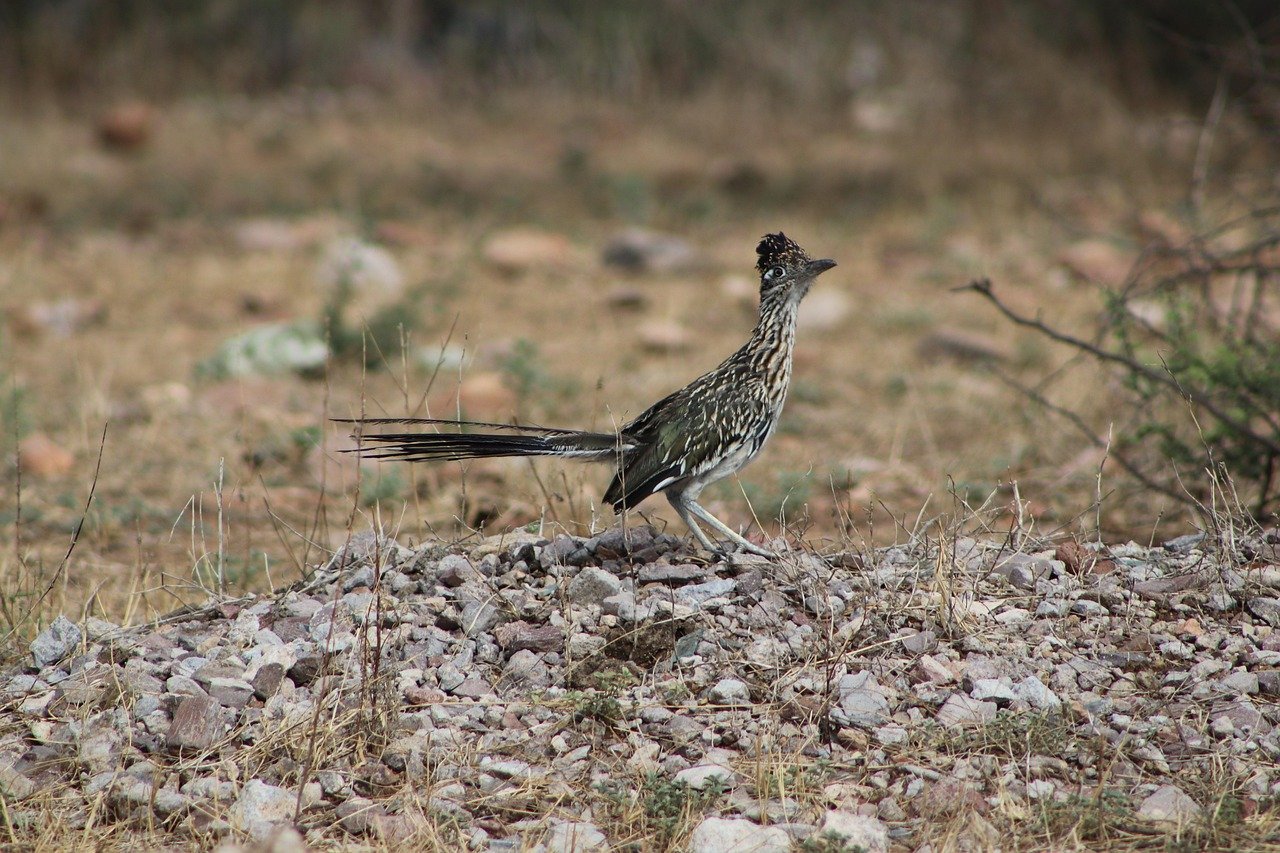
The Greater Roadrunner is an iconic symbol of the American Southwest, known for its incredible speed and agility. These fascinating birds have captured imaginations for generations, but their real-life abilities are even more impressive than their cartoon counterpart suggests.
Roadrunners are perfectly designed desert machines, capable of running at speeds up to 20 miles per hour while hunting lizards, snakes, and insects. Their long legs and streamlined bodies make them formidable predators in the open desert, where they can outmaneuver most of their prey with ease.
Chuckwallas: The Shape-Shifting Survivors
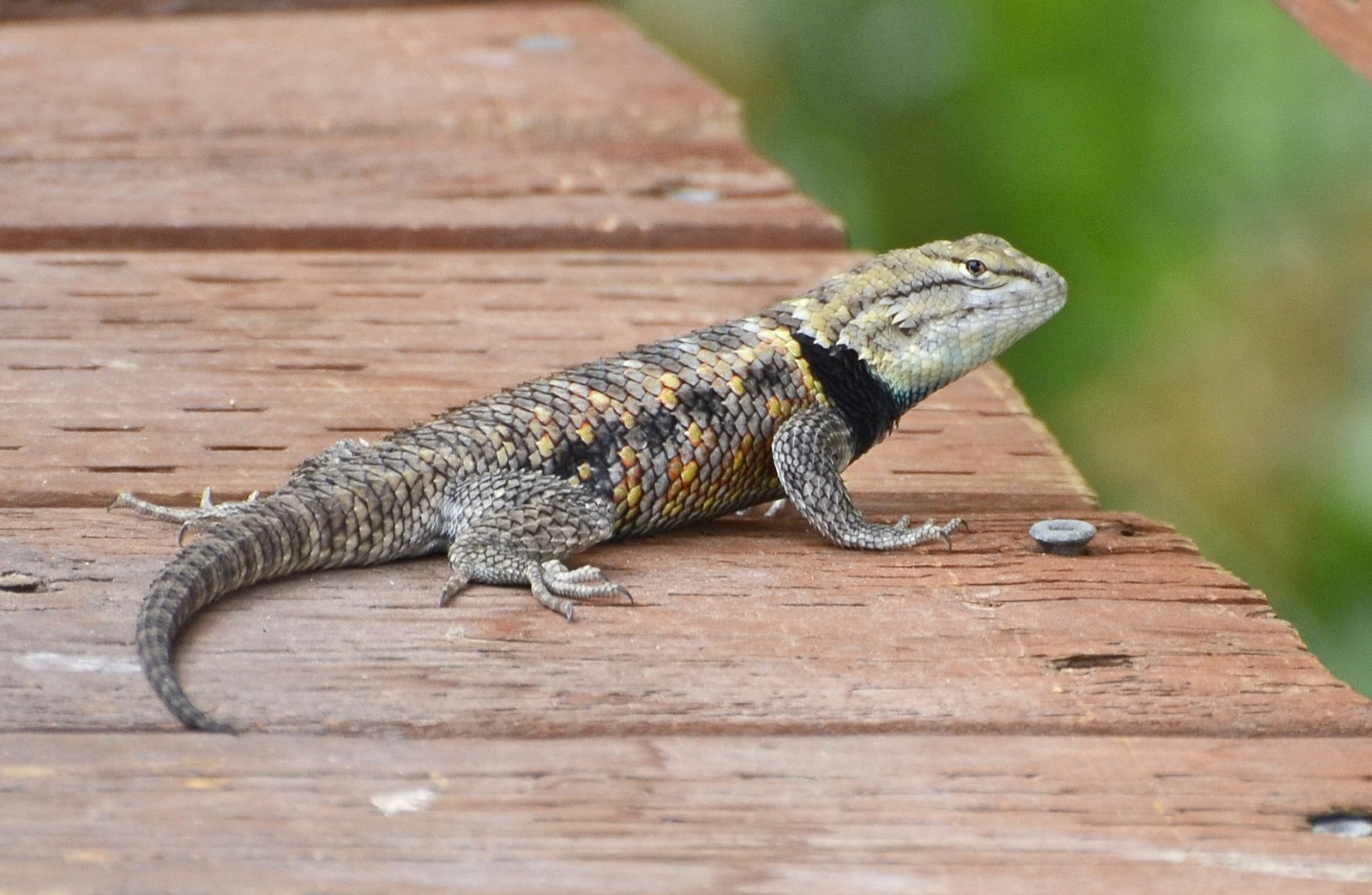
Chuckwallas have the ability to change their body color to match their surroundings, which helps evade predators. They will also retreat quickly into tight rock crevices when threatened. These large lizards are master escape artists, using both camouflage and clever hiding techniques to avoid danger.
Because they have adapted to the harsh desert climates, chuckwallas may not breed every year, reserving their breeding energy for years of adequate rainfall. This simple trait will help ensure the survival of a larger percentage of their offspring. This strategic approach to reproduction shows how desert animals have learned to work with nature’s unpredictable rhythms rather than against them.
Kit Foxes: The Desert’s Tiny Commandos
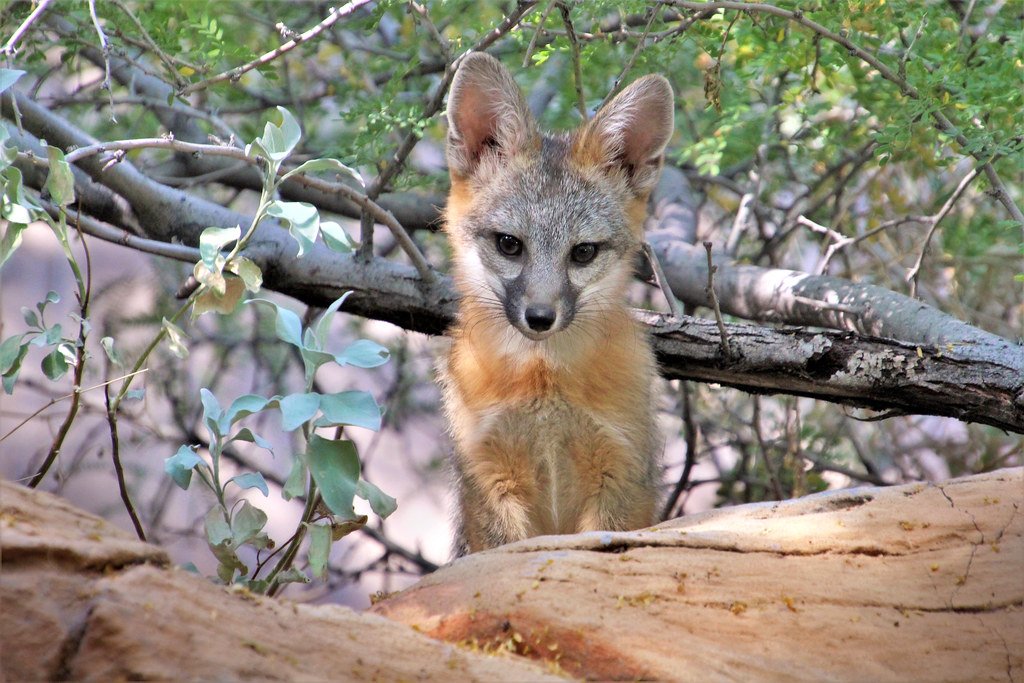
The kit fox, North America’s smallest canine, uses its size to navigate burrows and escape the heat. They also have adorably large ears which helps to cool them down. These miniature foxes are perfectly engineered for desert life, with every feature serving a specific survival purpose.
Their diet consists of mostly insects and small mammals, of which is also their main water source. Like many desert animals, they’ve learned to extract moisture from their food, eliminating the dangerous necessity of seeking water sources that might expose them to predators.
Coyotes: The Ultimate Desert Survivors
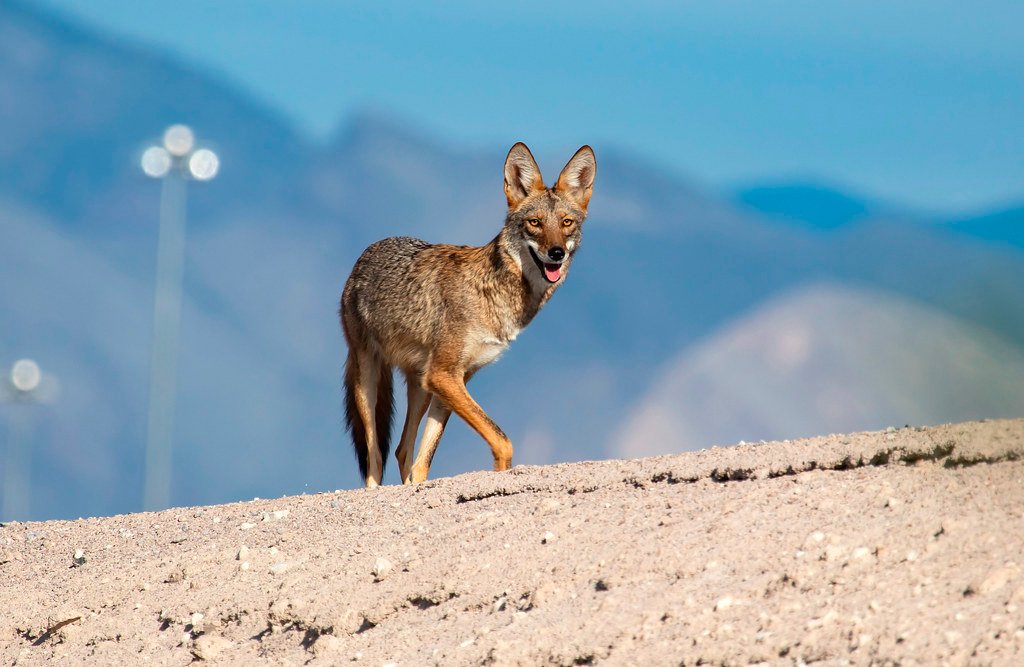
Coyotes do most of their hunting at night to avoid the scorching sun. In the desert they can’t be picky about what they hunt either, they are opportunistic feeders and munch on rodents, rabbits, and fruits amongst many other things. These adaptable predators have mastered the art of desert survival through sheer versatility.
Coyotes represent perhaps the most successful large predator in the Arizona desert. Their intelligence and adaptability allow them to thrive even as human development encroaches on their territory, making them true survivors in every sense of the word.
Desert Tortoises: Ancient Earth Movers
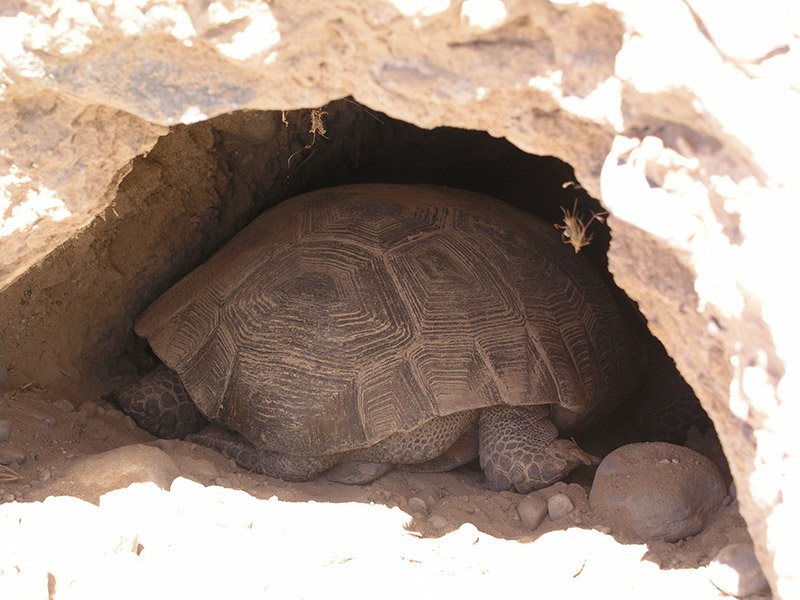
To escape the overwhelming desert heat, the desert tortoise digs burrows underground where the temperature can be a whole 20°F less than above ground. Not only that, they can go for a whole year without drinking water. This adaptation allows them to survive up to 50 years in the desert under these harsh conditions.
These living tanks of the desert have been perfecting their survival strategies for millions of years. Their ability to create their own air-conditioned retreats while storing water for extended periods makes them true masters of desert engineering.
Horned Lizards: Blood-Squirting Warriors
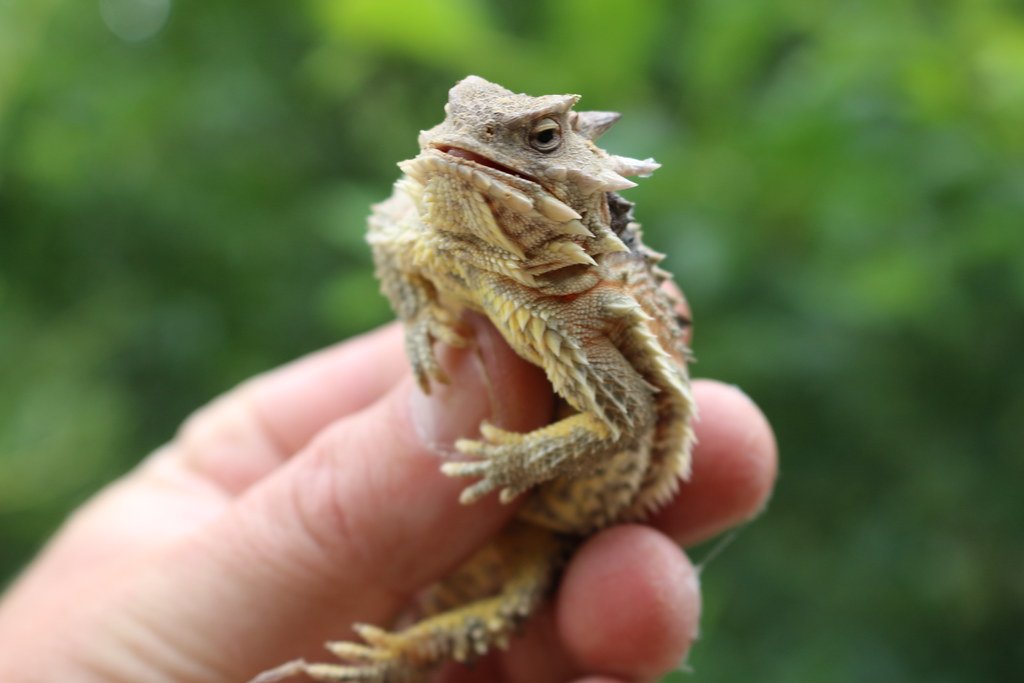
Horned lizards can almost blend perfectly with the desert floor because of their body shape and coloration. They can squirt blood from their eyes as a defense mechanism when threatened. This shocking defense mechanism sounds like science fiction, but it’s one of nature’s most unusual survival strategies.
These remarkable reptiles have turned themselves into living examples of desert camouflage. When their disguise fails, they resort to one of the most startling defense mechanisms in the animal kingdom, proving that desperate times call for truly extraordinary measures.
Bobcats: Spotted Shadows of the Desert
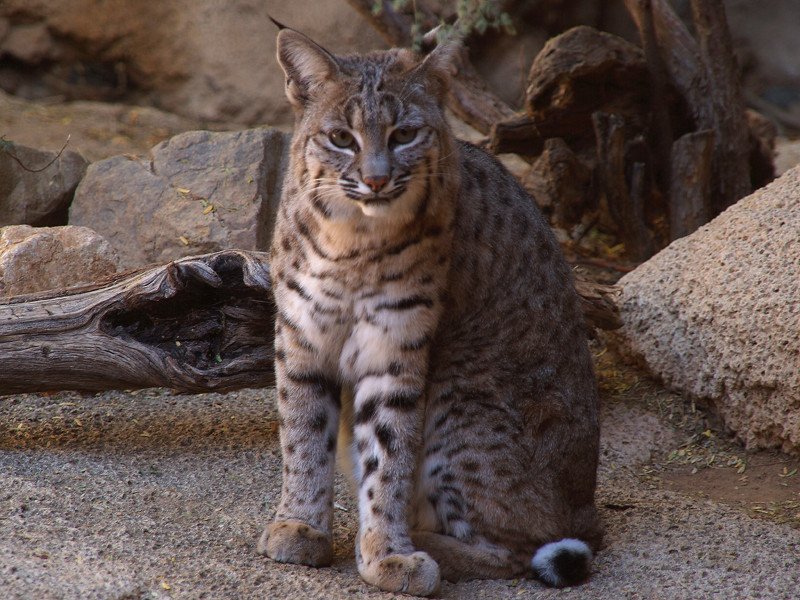
The bobcat’s spotted coat provides camouflage in the desert landscape, making it a good predator. They are excellent climbers and maintain large territories marked with scent. These medium-sized cats have adapted perfectly to the challenges of hunting in an environment where prey is scattered and water is scarce.
They usually ensure that their territories have water holes, or they follow animals to seek out water holes. This intelligent approach to territory management shows how successful desert predators must be both hunters and strategists, planning their survival around the desert’s most precious resource.
Javelinas: The Desert’s Wild Boars
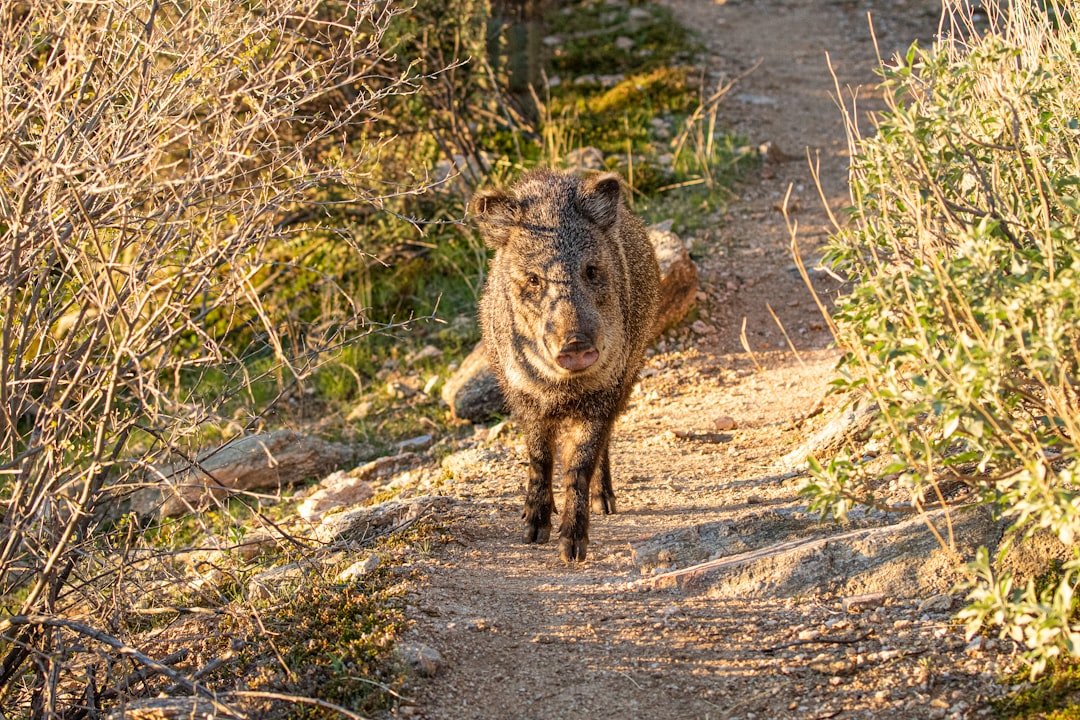
A javelina is never active during the day in summer, but it may be in winter. These pig-like mammals have learned to completely alter their behavior patterns based on seasonal conditions, demonstrating the flexibility required for desert survival.
Javelinas represent one of the desert’s most successful group-living mammals. Their social structure and cooperative feeding strategies allow them to locate food and water sources more efficiently than solitary animals, proving that sometimes teamwork is the key to desert survival.
Ringtails: The Acrobatic Night Raiders
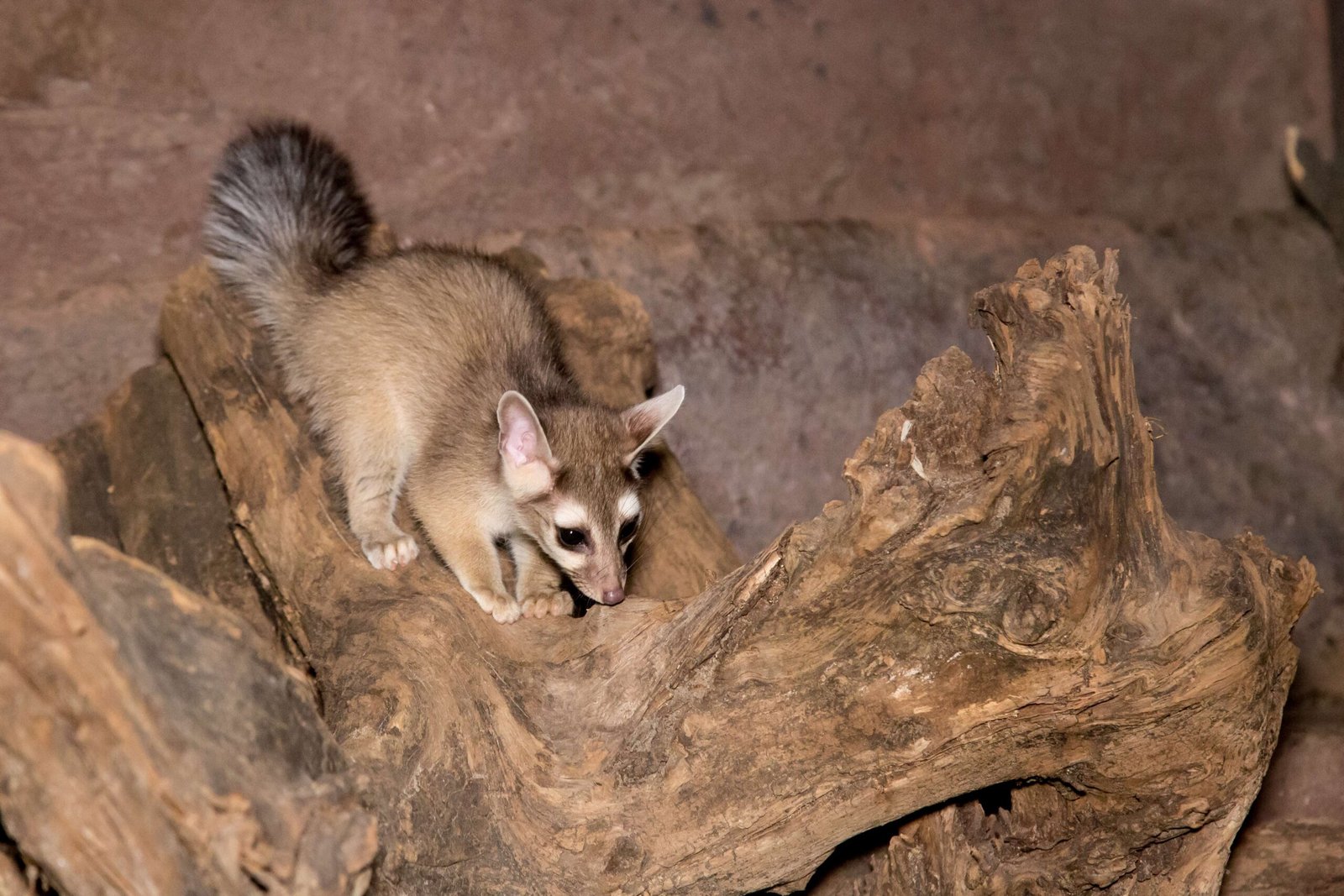
These solitary animals are rarely seen but leave signs of their presence through tracks and scat. Ringtails contribute to the control of rodent populations, proving essential in maintaining ecological balance. These cat-like creatures with enormous tails are the desert’s most accomplished acrobats.
Ringtails have earned the nickname “miner’s cats” because they were once kept in mining camps to control rodent populations. Their incredible climbing abilities and nocturnal habits make them perfectly suited for navigating the rocky terrain and cave systems that dot the Arizona desert.
Conclusion: Nature’s Greatest Comeback Story
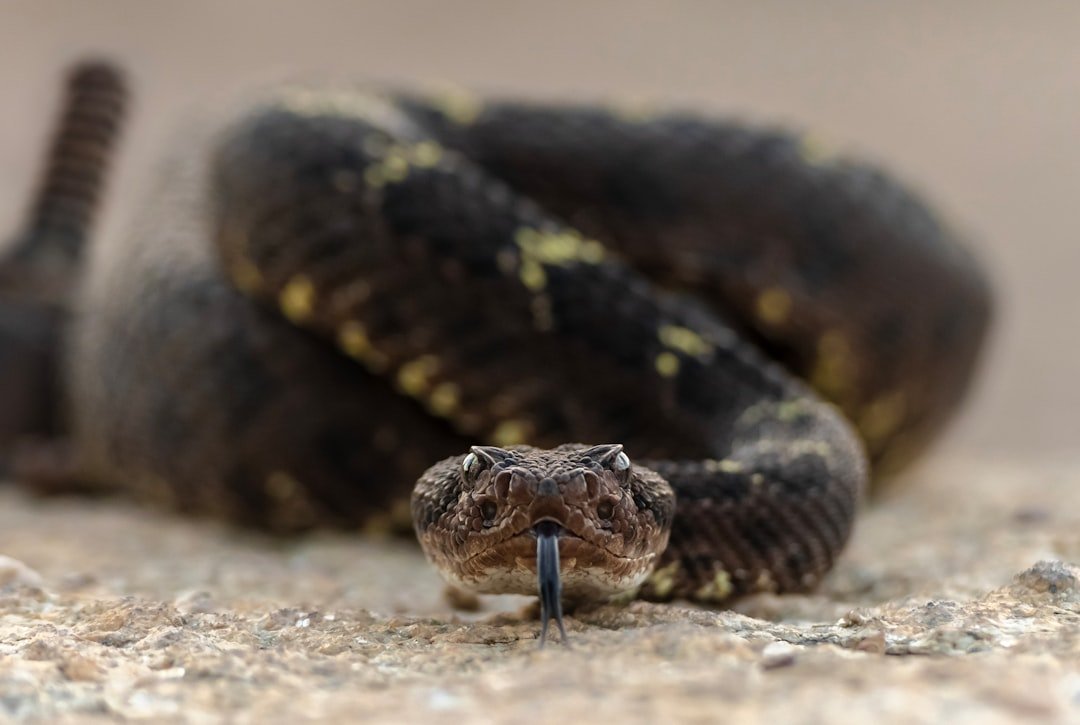
The Arizona desert stands as testament to life’s incredible ability to adapt and overcome seemingly impossible odds. The deserts of Arizona are a brutal battleground, yet they are home to some of the most extraordinary creatures on the planet. These animals have cracked the code of survival in a world where water is scarce, temperatures scorch, and food is hard to find. They’ve adapted in mind-blowing ways, turning the desert into a thriving, living ecosystem.
However, even these remarkable survivors face new challenges. It’s so hot that even the famous cacti of the Sonoran Desert, such as the saguaro cactus – the Trident-like one you’ve seen in countless cartoons and cowboy movies – are struggling in the heat. Two Arizona rattlesnakes died while underground, cooked to death in their burrows. These are creatures evolutionarily suited to survive. Climate change threatens to push even these master survivors beyond their limits.
These desert champions remind us that nature’s creativity knows no bounds. From kangaroo rats that never drink water to bighorn sheep bouncing across impossible cliffs, each species represents millions of years of evolutionary problem-solving. They’ve turned one of Earth’s most hostile environments into a thriving ecosystem through pure determination and adaptation. What other “impossible” places might be hiding similar miracles of survival?

Hi, I’m Andrew, and I come from India. Experienced content specialist with a passion for writing. My forte includes health and wellness, Travel, Animals, and Nature. A nature nomad, I am obsessed with mountains and love high-altitude trekking. I have been on several Himalayan treks in India including the Everest Base Camp in Nepal, a profound experience.

